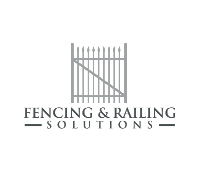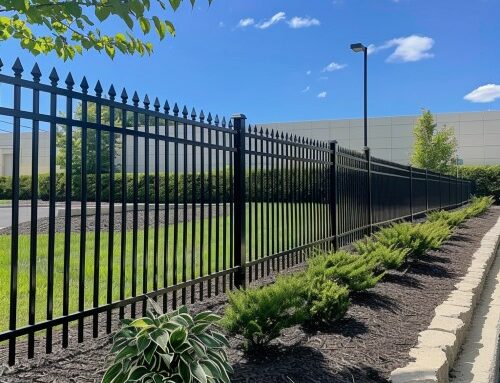When do railings need to be installed on deck stairs? This question is frequently asked by those adding a new deck to their home or business. The answer depends on several factors.
Who Determines Residential And Commercial Building Codes?
Internationally, the International Code Council (ICC), which is comprised of the International Building Code (IBC) and International Residential Code (IRC), sets the minimum building standards for safety. The IBC applies to commercial properties and multifamily residential dwellings while the IRC applies to one and two-family dwellings.
In the United States, the Occupational Health and Safety Administration (OSHA) also creates safety standards for commercial settings.
Residential and Commerical Stair Handrail Requirements
There are a few definitions to keep in mind as you review the safety standards for commercial and residential properties with regard to stair handrails:
Handrail: This is what sits on top of a railing or banister section and can be used to grasp for support.
Riser: This refers to the vertical portion of a step.
Tread: This refers to the top of the step.
Stair Handrail Codes For Residential Properties
According to IRC, handrails need to be installed on at least one side of each flight of stairs that has four or more risers.
When measured vertically from the sloped plane that adjoins the tread nosing, the height should not be less than 34 inches and not more than 38 inches. If bending or fitting is used to transition between flights of stairs, the transition area can be taller than 38 inches.
The handrail must be between 1 ¼ inch and 2 inches in diameter. In residential construction, “Type II” handrails are allowed that are made out of traditional wood banisters.
Handrails must be continuous along the entire length of the stairs and begin directly over the bottom riser, continuing to a point directly over the top riser.
Stair Handrail Codes For Commercial Properties
Commercial stairs require handrails on both sides, unlike residential ones.
The height for a commercial handrail is between 34 inches and 38 inches per the IBC. It must be able to withstand a load of 200 pounds applied in a downward or outward direction. The handrail must be a minimum of 1 ¼ inch in diameter.
Both handrails must run continuously along the entire length of the stairs and begin directly over the bottom riser and the top riser.
Handrails in dwelling units are allowed to be interrupted by a newel post at a turn or on a landing.
Handrails Help To Keep Friends And Family Safe
According to the American Journal of Emergency Medicine, more than 1 million Americans go to the hospital each year after a fall on stairs. While the most common injuries reported included muscle sprains and strains, fractures, and soft tissue damage, thousands of patients suffer from life-altering injuries relating to the spine and brain.
A fall doesn’t have to be a significant distance – even a fall from a standing height can cause serious injury.
The installation of a railing system on your deck steps will help to keep residents and visitors safe.
Shop Heavy-Duty Aluminum Railings
With three different styles to choose from you’ll be sure to find the perfect aluminum railing to install on your new deck. Lightweight but strong, an aluminum railing is a great choice for residential and commercial projects.
Contact our team with all of your questions today!





Leave A Comment